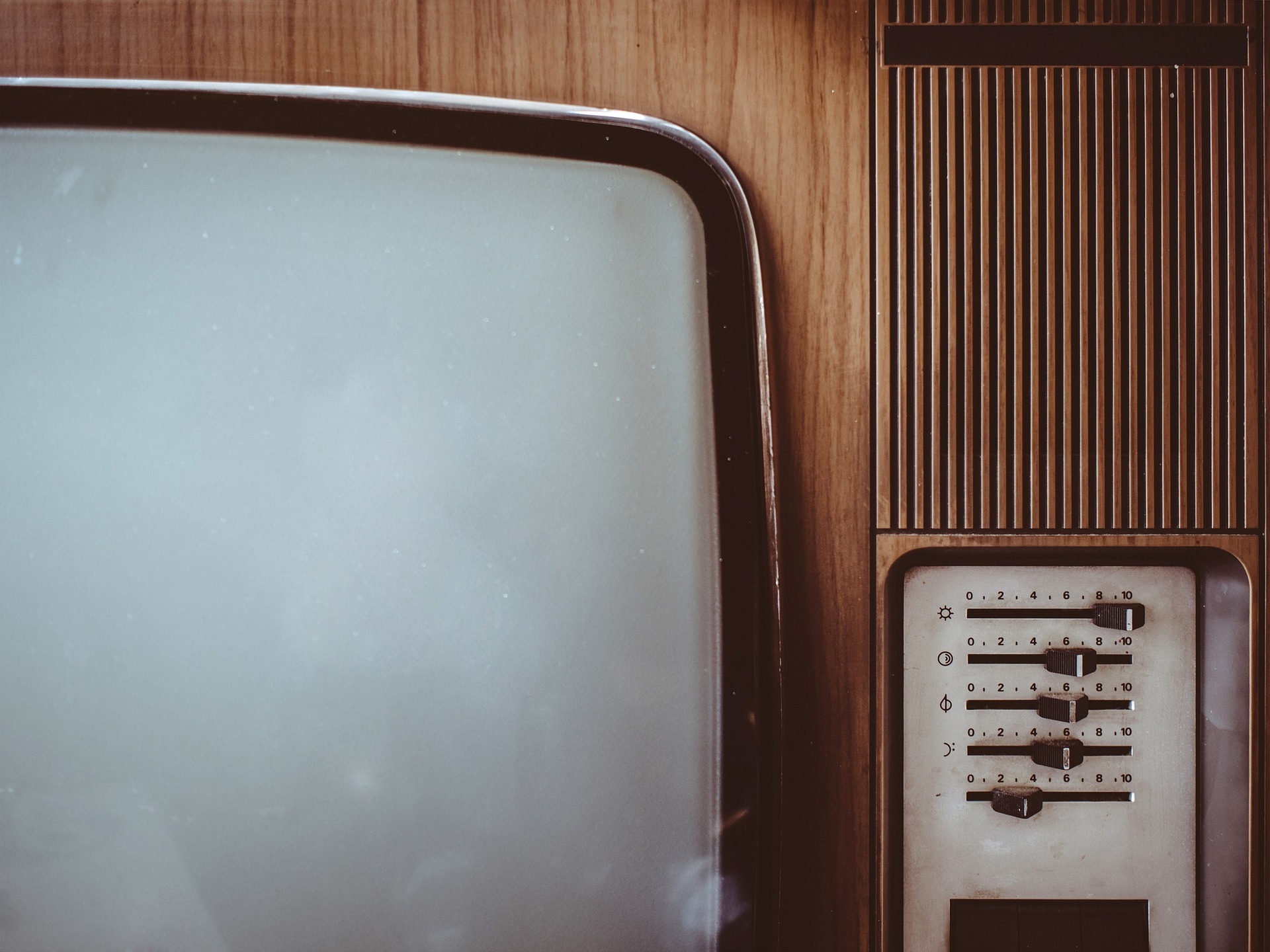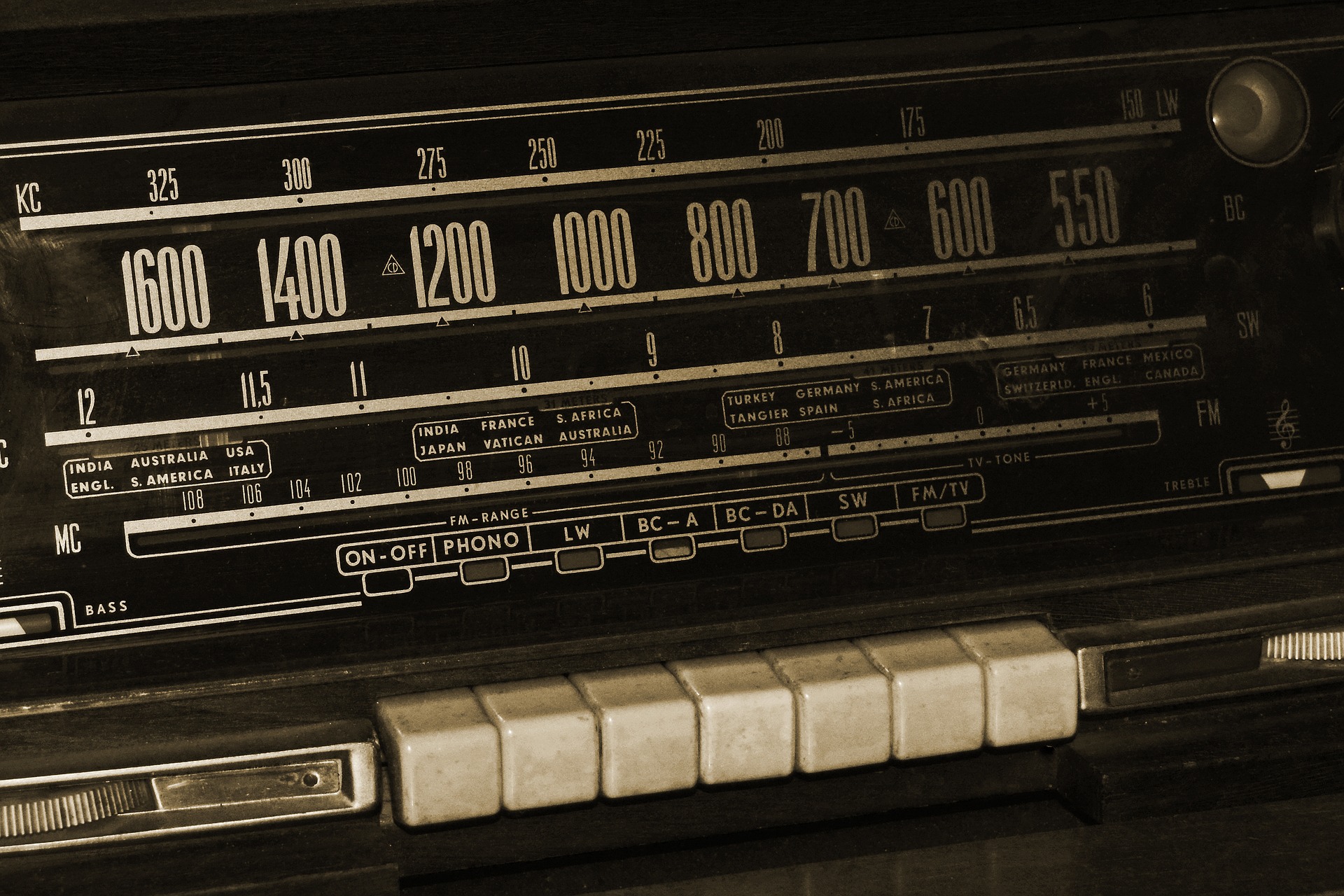
First invented by Paul Gottlieb Nipkow in 1884, the mechanical television was the first type of technology used in the broadcasting industry. At the time, this was revolutionary but has since become extinct with the development of new tech and machines – unthinkable to those who were alive in the 19th century.
Television and related technology requires a multitude of different aspects to create the pictures which appear on the screen as a TV or movie. First, an image source is required- this is normally in the format of a television camera. A sound source is also required, most commonly in the form of a microphone. Then, a transmitter is used to code the images and the sound into fragments which can be beamed all around the world using modern satellite technologies. An antenna is then required to broadcast the encoded images and sound before they reach their destination and another, often smaller antenna receives the pictures in order to broadcast. Finally, a display device, or screen, displays in the information in the correct order to produce the pictures and a speaker emits the sounds which have been decoded in the same way.
Even though the technology which records, transmits and displays the images have become more modern sophisticated since the first television broadcasts, the process has remained pretty much the same over the past 100 years.
In the early days of televisions, signals were actually broadcast via land -based transmitters. This could be highly problematic as the signals could be easily interrupted and make for some poor viewing shows were often of poor quality, especially in remote areas or when bad weather occurred. These land-based transmitters are largely extinct today with most people receiving their signals through either cable or satellite. Both of which have their benefits and have clear advantages and make for more reliable broadcasting and viewing.
-based transmitters. This could be highly problematic as the signals could be easily interrupted and make for some poor viewing shows were often of poor quality, especially in remote areas or when bad weather occurred. These land-based transmitters are largely extinct today with most people receiving their signals through either cable or satellite. Both of which have their benefits and have clear advantages and make for more reliable broadcasting and viewing.
Until recent years, the most common type of visual display used for televisions was the cathode-ray tube. The now old-fashioned large, square box television was typical of this type of screen and television. Today the LED is the dominant form of a television screen and produces a much higher quality picture. LED screens are known for being bright, even when flooded with natural light so glare on the screen is reduced in the summer and bright weather.
One of the most significant developments in the history of television technology is the advent of color television. 1954 was the first time that an American network broadcast a show in color but it would be several years before the color television became ubiquitous in all households. It wasn’t until 1965 that the cost of color television had become affordable to the masses and people started enjoying TV in full technicolor.





